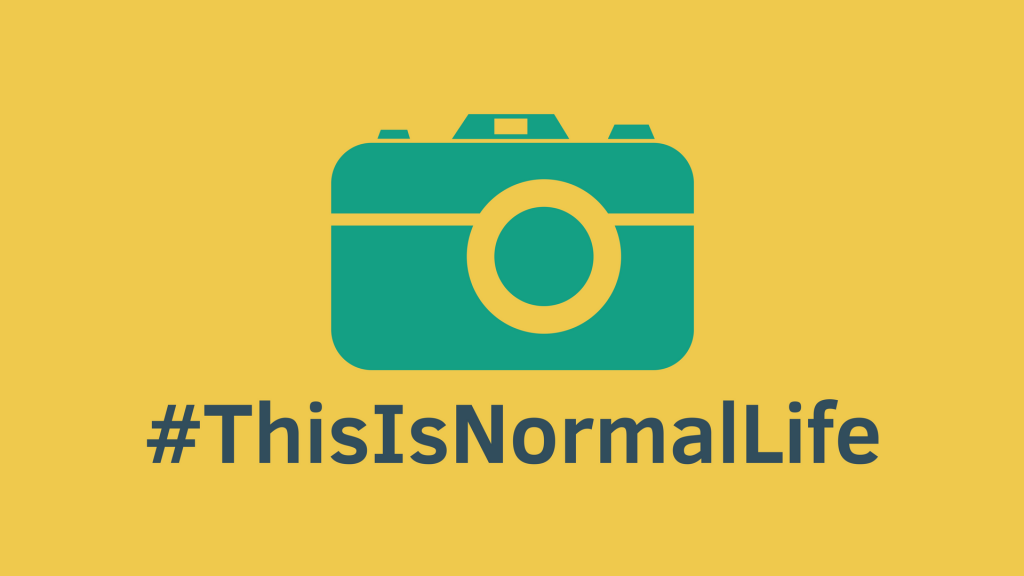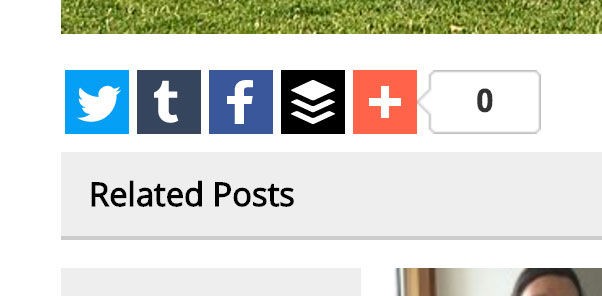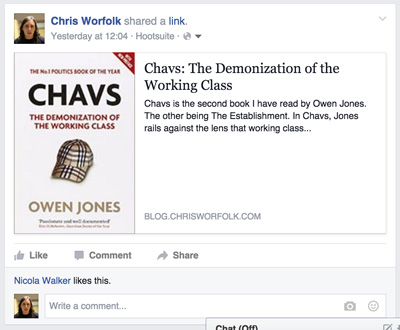Join the #ThisIsNormalLife campaign
Wednesday, August 29th, 2018 | News

Social media paints an unrealistic portrait of life. It’s full of pictures of people with perfect make-up who spend the whole lives drinking champagne and flossing in front of the Effiel Tower. Many of us do get the chance to do these things, of course, but most of the time we’re going to work, cleaning the kitchen or just passed out exhausted on the sofa.
The problem is that being bombarded with these images is bad for our mental health.
So, this September, Worfolk Anxiety is launching a campaign called 30 Days of Normal Life. We’re encouraging everyone to post boring pictures of their life with the hashtag #ThisIsNormalLife.
Won’t you join us in a month of making the internet a lot more dull and a little less depressing?

Social media paints an unrealistic portrait of life. It’s full of pictures of people with perfect make-up who spend the whole lives drinking champagne and flossing in front of the Effiel Tower. Many of us do get the chance to do these things, of course, but most of the time we’re going to work, cleaning the kitchen or just passed out exhausted on the sofa.
The problem is that being bombarded with these images is bad for our mental health.
So, this September, Worfolk Anxiety is launching a campaign called 30 Days of Normal Life. We’re encouraging everyone to post boring pictures of their life with the hashtag #ThisIsNormalLife.
Won’t you join us in a month of making the internet a lot more dull and a little less depressing?






